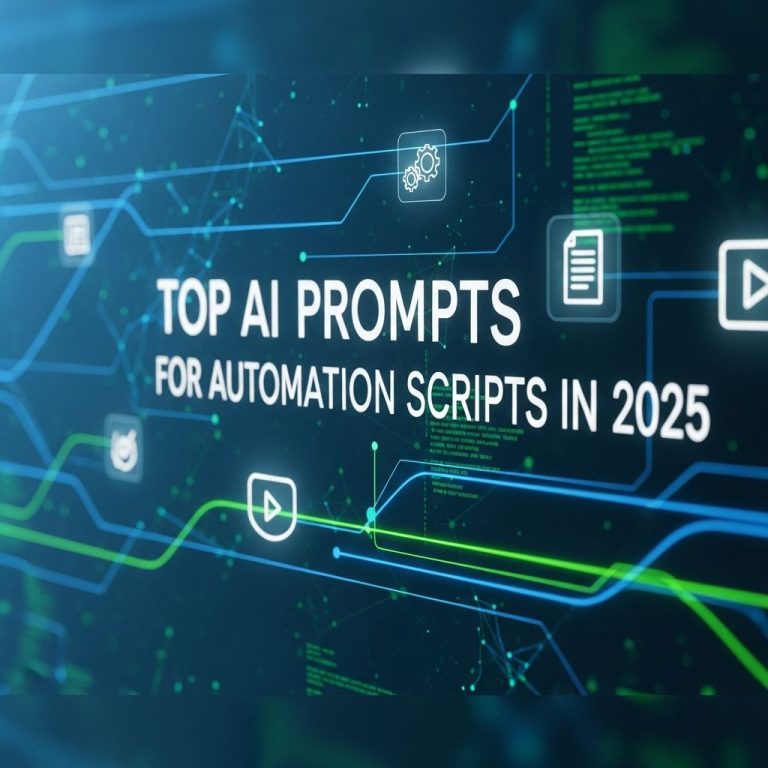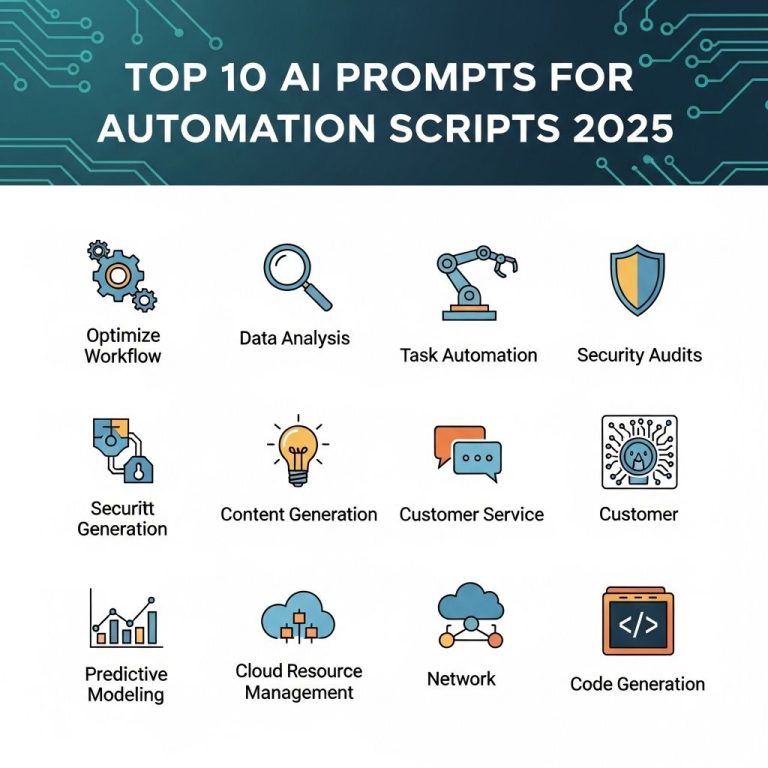In an age where data privacy and regulatory compliance are more critical than ever, organizations are seeking ways to streamline their compliance processes using technology. The emergence of artificial intelligence (AI) has paved the way for innovative governance tools that not only enhance compliance but also bolster decision-making capabilities. As we look towards 2025, understanding the landscape of AI governance tools will be essential for enterprises aiming to optimize their compliance frameworks.
Understanding AI Governance Tools
AI governance tools are designed to help organizations manage the ethical and regulatory implications of AI systems. These tools ensure that AI implementations align with both legal requirements and organizational values. The main components of AI governance tools include:
- Data Management: Ensuring data quality, integrity, and security.
- Compliance Monitoring: Continuous tracking of regulations and laws that impact AI.
- Risk Assessment: Identifying potential risks associated with AI deployment.
- Ethical Guidelines: Establishing principles for responsible AI use.
The Role of Compliance in AI Implementation
Implementing AI technologies presents unique challenges, particularly in compliance management. Organizations must navigate a complex web of regulations, including:
- GDPR (General Data Protection Regulation)
- CCPA (California Consumer Privacy Act)
- HIPAA (Health Insurance Portability and Accountability Act)
Failure to comply with these regulations can result in hefty fines and damage to reputation. Therefore, having robust compliance mechanisms in place is crucial.
Challenges in AI Compliance
The rapid evolution of AI technologies often outpaces regulatory frameworks, leading to various challenges:
- Dynamic Regulatory Environment: Regulations are constantly changing, making it difficult for organizations to stay compliant.
- Lack of Standardization: Different jurisdictions may have varying compliance requirements.
- Complexity of AI Systems: Understanding how AI systems function is essential for compliance, yet many organizations lack the necessary expertise.
Key Features of AI Governance Tools
As organizations strive to implement AI responsibly while ensuring compliance, several key features of AI governance tools can aid in addressing compliance challenges:
| Feature | Description |
|---|---|
| Automated Compliance Audits | Regularly scheduled audits conducted automatically to assess compliance with applicable regulations. |
| Real-Time Monitoring | Continuous tracking of AI systems to ensure they operate within legal and ethical boundaries. |
| Reporting and Analytics | Tools that provide insights into compliance metrics and facilitate informed decision-making. |
| Risk Mitigation Strategies | Identifying and implementing strategies to minimize potential compliance risks. |
Implementing AI Governance Tools: A Step-by-Step Approach
To effectively implement AI governance tools for maximizing compliance, organizations can follow a structured approach:
Step 1: Identify Compliance Requirements
Begin by assessing the regulatory requirements relevant to your industry and geographical location. Create a comprehensive list of compliance obligations.
Step 2: Evaluate Governance Tools
Research available AI governance tools that fit your organization’s needs. Key considerations include:
- Scalability
- Integration capabilities
- Cost
- User-friendliness
Step 3: Develop a Compliance Strategy
Formulate a strategy that outlines how to meet compliance requirements using the selected AI governance tools. Consider including:
- Roles and responsibilities
- Training programs for staff
- Regular assessment intervals
Step 4: Implement and Monitor
Deploy the selected tools and continuously monitor compliance. Use automated monitoring features to ensure adherence to regulations in real time.
The Future of AI Governance Tools
As we approach 2025, it’s expected that the landscape of AI governance tools will evolve significantly. Some anticipated trends include:
- Increased Adoption of Machine Learning: Tools will leverage machine learning algorithms to enhance compliance monitoring accuracy.
- Proactive Risk Management: AI tools will move from reactive to proactive risk management, identifying potential compliance issues before they arise.
- Greater Focus on Ethics: Ethical considerations will become more central in compliance frameworks, prioritizing human rights and fairness.
Conclusion
The integration of AI governance tools into compliance frameworks is not just a trend but an essential strategy for organizations looking to thrive in a complex regulatory environment. As technology continues to evolve, staying informed about the latest developments in AI governance will be vital. By prioritizing compliance today, organizations can secure their future in an increasingly AI-driven world.
FAQ
What are AI governance tools?
AI governance tools are frameworks and software designed to ensure that artificial intelligence systems operate ethically, transparently, and in compliance with relevant laws and regulations.
How can AI governance tools help with compliance in 2025?
In 2025, AI governance tools will assist organizations in maintaining compliance by automating monitoring, reporting, and risk management processes related to AI usage.
What are the key benefits of implementing AI governance tools?
The key benefits include improved regulatory compliance, enhanced transparency in AI decision-making, reduced risks of bias, and better alignment with ethical standards.
What should organizations consider when choosing AI governance tools?
Organizations should evaluate the tools based on scalability, ease of integration, user-friendliness, and the ability to adapt to changing regulations.
How do AI governance tools address ethical concerns?
AI governance tools address ethical concerns by incorporating frameworks that promote fairness, accountability, and transparency in AI algorithms and their outcomes.
Will AI governance tools become mandatory in 2025?
While it may vary by region and industry, there is a growing trend towards mandatory AI governance frameworks, making these tools essential for compliance in many sectors by 2025.




